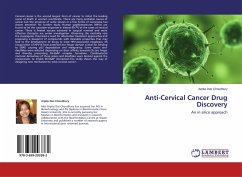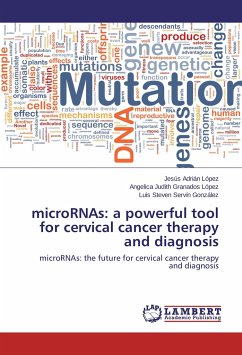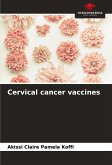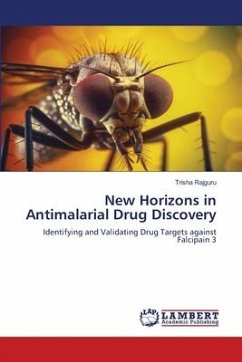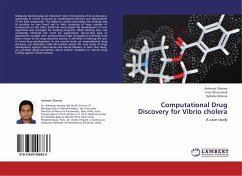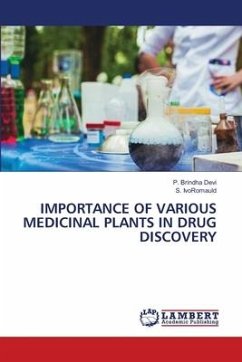Cervical cancer is the second largest form of cancer to infest the leading cause of death in women worldwide. There are many probable causes of cancer but the presence of some viruses in a few forms of carcinoma has drawn attention for further study. Human papillomaviruses (HPVs) are found to be the causative organism in almost 99.7% of the cases of cervical cancer. There is limited success achieved in surgical removal and more effective therapies are under investigation. Observing the mortality rate the investigator theorized a need for alternative treatment approaches and proposing a blueprint of compounds with desirable properties that may lead to the development of drugs to treat HPV-associated neoplasias. E6 oncoprotein of HPV16 have potential zinc finger domain critical for binding to E6AP, causing p53 degradation and malignancy. Some azoics and disulfides were selected depending on their affinity towards E6 zinc finger and thereby preventing E6-E6AP complex formation. Combinatorial nontoxic derivatives of these azoics and disulfides were docked against the oncoprotein to inhibit E6-E6AP interaction.The study shows the way of designing new mechanism to treat cervical cancer.

